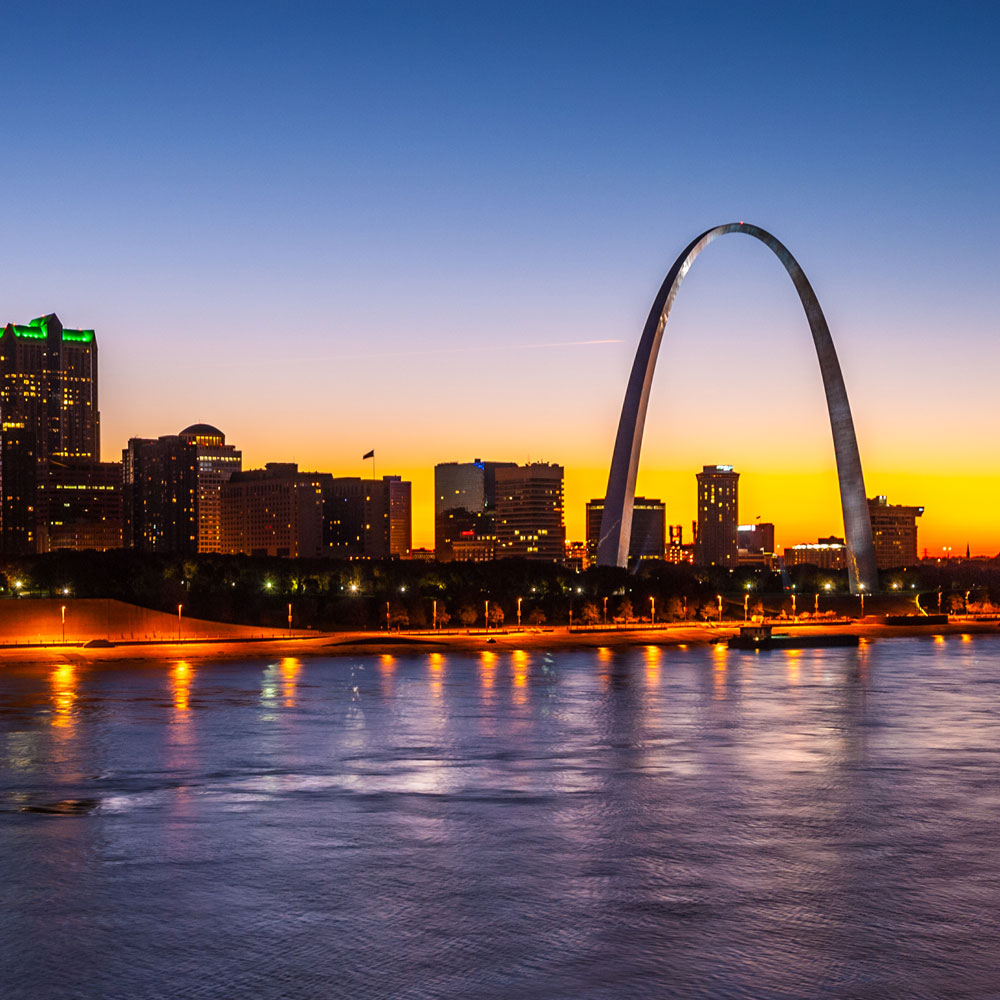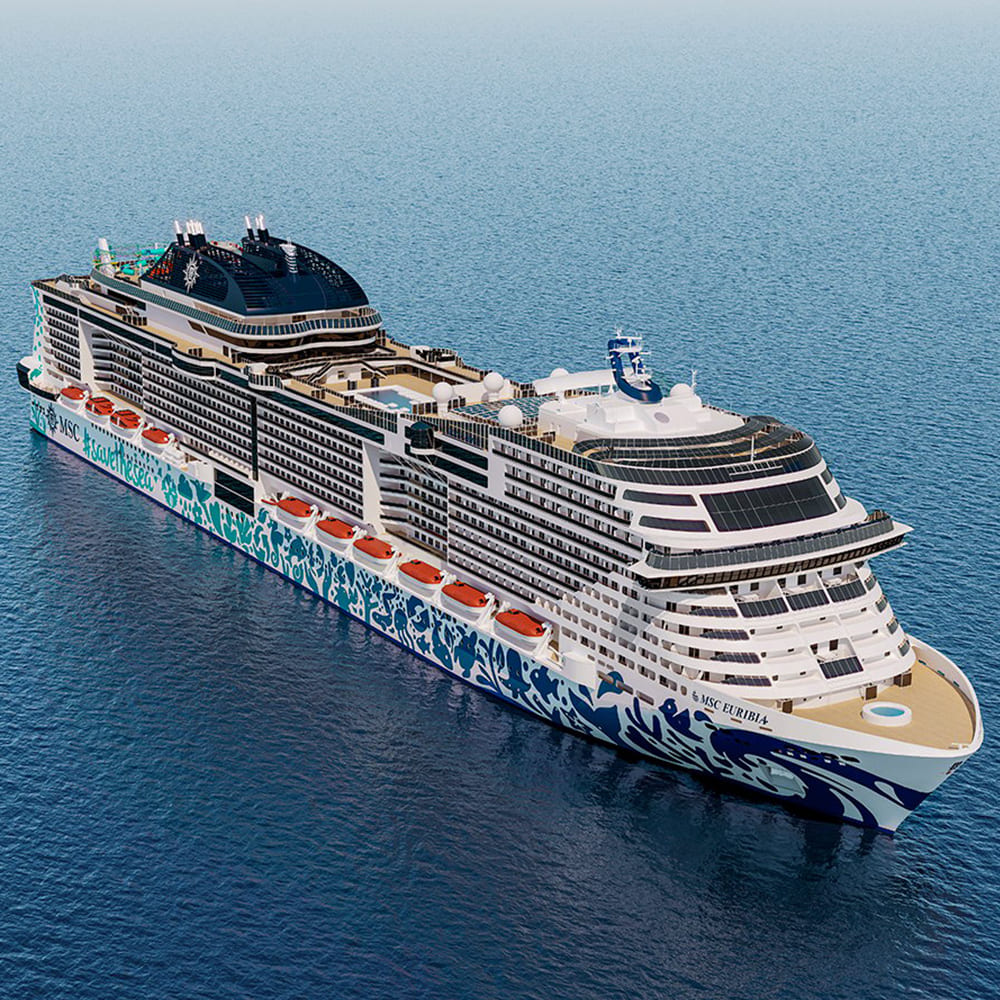Have you ever stood at the edge of something truly massive and felt that gut-dropping sensation of awe? There’s something about truly large measurements that can make us feel wonderfully small in the grand scheme of things.
When we talk about objects reaching 500 feet in length or height, we’re entering the realm of things that don’t just impress they humble us.
From engineering marvels that scrape the sky to natural wonders that have stood for centuries, 500-foot structures and objects occupy a special place in our world. They’re not quite skyscrapers, but they’re far from ordinary. They exist in that sweet spot where human achievement meets breathtaking scale.
How Long is 500 Feet?
500 feet equals about 152.4 meters or roughly 1⅔ football fields placed end-to-end. To put it in everyday terms, imagine walking the length of a city block and a half in most American cities, or picture about 83 average adults lying head-to-toe in a line.
If you’re driving, 500 feet is the distance your car travels in about 3.4 seconds at highway speed (70 mph) a measurement that highway engineers and safety experts consider carefully when designing roads.
Now let’s explore some remarkable things that stretch to this impressive dimension, each with its own story to tell.
1. The Washington Monument

Standing proudly at 555 feet (slightly exceeding our 500-foot benchmark), the Washington Monument commands attention on the National Mall in Washington, D.C. This towering obelisk, completed in 1884, held the title of tallest structure in the world until the Eiffel Tower claimed the crown in 1889.
The monument’s gleaming marble exterior hides an interesting secret: about a third of the way up, you’ll notice a slight color variation.
Construction halted during the Civil War, and when work resumed years later, they couldn’t perfectly match the original stone. This subtle two-tone appearance serves as a quiet reminder of America’s divided past.
What makes the Washington Monument truly remarkable isn’t just its height, but its engineering. Built before modern construction equipment, workers hoisted massive blocks of marble using a system of pulleys and steam-powered machinery a testament to human ingenuity before the age of cranes and hydraulic lifts.
2. Space Needle in Seattle
Seattle’s iconic Space Needle reaches 605 feet into the Pacific Northwest sky, slightly surpassing our 500-foot threshold. Built for the 1962 World’s Fair, this futuristic structure embodied America’s space-age aspirations during the height of the Space Race.
The Space Needle’s distinctive flying saucer design wasn’t just architectural whimsy it addressed real structural challenges. Engineers calculated that the tower needed to withstand winds up to 200 mph and earthquakes up to 9.1 magnitude.
They built it so well that during the 2001 Nisqually earthquake (6.8 magnitude), the needle swayed nearly a foot but suffered no structural damage.
The observation deck offers breathtaking 360-degree views of Seattle, Mount Rainier, and Puget Sound. On a clear day, you can see for miles in every direction a perspective that helps visitors grasp just how substantial 500+ feet of elevation really is.
3. The Gateway Arch in St. Louis

The Gateway Arch soars exactly 630 feet above the Mississippi River in St. Louis, Missouri. This mathematical marvel a weighted catenary arch represents the gateway to the American West and stands as the tallest arch in the world.
What’s fascinating about the Gateway Arch isn’t just its height but its perfect proportional mathematics. The arch is as wide at its base as it is tall, creating a sense of perfect balance despite its massive scale.
Finnish-American architect Eero Saarinen designed this stainless steel wonder, though he tragically died before seeing his masterpiece completed in 1965.
The arch sways by design it can wobble up to 18 inches in high winds. This built-in flexibility, rather than rigid resistance, allows it to withstand the elements decade after decade. Visitors can take a tram system inside the arch’s legs to the observation area at the top, experiencing firsthand what 630 feet of elevation feels like.
4. Statues of Liberty (Including Pedestal)

While many think of Lady Liberty as just the copper statue, her total height from ground level to torch reaches 305 feet. Add the massive foundation beneath the water, and the entire structure approaches our 500-foot benchmark.
The statue itself, designed by Frédéric Auguste Bartholdi and structurally engineered by Gustave Eiffel (yes, of tower fame), stands 151 feet tall. The pedestal adds another 154 feet, bringing the total to 305 feet.
The statue’s face alone measures more than 8 feet tall, with an index finger stretching 8 feet and a nose spanning 4½ feet.
Liberty’s torch, held 305 feet above the harbor waters, once served as a working lighthouse, visible from 24 miles away. Today, the statue’s height still makes it one of the first landmarks visitors spot when arriving in New York by sea just as immigrants did more than a century ago.
See Also: How Long is 6 Feet? 17 Things That Are 6 Ft Long
5. The Great Pyramid of Giza (Original Height)
When first completed around 2560 BCE, the Great Pyramid of Giza stood approximately 481 feet tall tantalizingly close to our 500-foot mark. Over the millennia, erosion has reduced its height to about 455 feet, but its original dimensions put it squarely in our category.
This ancient wonder remained the tallest human-made structure on Earth for an astonishing 3,800 years until the completion of Lincoln Cathedral in England around 1300 CE.
What’s even more remarkable is the pyramid’s precision despite its massive scale and construction without modern technology, its base is level within just 2.1 centimeters, with the sides oriented almost perfectly to the cardinal directions.
The pyramid contains an estimated 2.3 million stone blocks, many weighing between 2.5 and 15 tons each. The logistics of moving these massive stones and positioning them with such precision remains one of history’s most fascinating engineering discussions. Standing at the base and looking up its 481-foot slope gives visitors a visceral understanding of this ancient 500-foot wonder.
6. Anaconda Copper Mine Smokestack (Montana)

Though less famous than some entries on our list, the now-demolished Washoe Smelter Stack in Anaconda, Montana, stretched an impressive 585 feet into the Big Sky. Built in 1918, this brick chimney once served the largest copper smelting operation in the world.
The massive stack measured 75 feet in diameter at its base, tapering to 60 feet at its top. Engineers designed it to disperse harmful smelting fumes high into the atmosphere an early (though environmentally problematic) attempt at pollution control.
Though the smelter ceased operations in 1980, the stack remained standing until 2021 as a reminder of America’s industrial past.
Local residents often used the stack’s height as a weather predictor if you couldn’t see the top because of clouds, bad weather was likely coming. At its peak operation, the stack could process 12,000 tons of copper ore daily, helping fuel America’s electrification and industrial growth.
7. A Loaded Supertanker Ship

Modern supertankers regularly exceed 500 feet in length, with many stretching beyond 1,000 feet. These floating behemoths transport millions of barrels of oil across the world’s oceans, forming an essential link in global energy infrastructure.
The average Very Large Crude Carrier (VLCC) measures about 1,100 feet long than twice our 500-foot benchmark. When fully loaded, these ships displace over 300,000 tons of water and carry around 2 million barrels of crude oil. Their massive scale makes them among the largest moving objects humans have ever built.
Despite their size, modern supertankers operate with surprisingly small crews sometimes just 20-30 people managing a vessel longer than the Empire State Building is tall.
Their turning radius can exceed 2 miles, and stopping distance from cruising speed might require up to 15 minutes and several miles a testament to the immense momentum generated by objects of this scale.
8. Redwood Trees
Among living things, coast redwoods (Sequoia sempervirens) stand as Earth’s tallest trees, with many specimens exceeding 500 feet in the past. Today, the tallest living redwood, nicknamed “Hyperion,” soars 379 feet somewhat short of our benchmark but still awe-inspiring.
Historical records suggest redwoods once routinely reached or exceeded 500 feet before extensive logging in the 19th and early 20th centuries removed most of the largest specimens.
These ancient giants can live more than 2,000 years, with trunks measuring up to 30 feet in diameter wide enough to carve a tunnel through, as seen in California’s famous “drive-through trees.”
What makes redwoods even more remarkable is their resilience. Their thick, fibrous bark contains tannins that resist fire and pests. Their height allows them to collect moisture from fog, creating their own microclimate and helping them survive drought. Standing in a redwood grove gives visitors a humbling perspective on what 300-500 feet truly feels like when it’s growing naturally from the earth.
See Also: Things that Are 100 Feet Long/Tall – Common Objects and Their Sizes
9. Standard Modern Cruise Ships

While the largest cruise ships now exceed 1,000 feet in length, many standard cruise vessels measure almost exactly 500 feet, making them perfect examples for our list. These floating resorts carry thousands of passengers across oceans in remarkable comfort.
A 500-foot cruise ship typically accommodates about 1,500-2,000 passengers across 8-10 decks, with amenities including multiple restaurants, swimming pools, theaters, and shopping areas. Their construction requires specialized shipyards with enormous dry docks one of the few places where you can truly appreciate the full scale of these vessels.
These ships’ propulsion systems generate enough power to light a small city, with fuel consumption measured in tons per hour. Modern cruise ships represent remarkable feats of engineering, balancing enormous size with the need for maneuverability in ports and stability in rough seas all while providing hotel-like comfort to thousands.
10. The SkyWheel in Las Vegas (Under Construction)
Currently under construction as part of the new Caesars Entertainment development, the Las Vegas SkyWheel will stand approximately 550 feet tall when completed exceeding our 500-foot benchmark and becoming the tallest observation wheel in the world.
Unlike traditional Ferris wheels, modern observation wheels like the SkyWheel feature climate-controlled capsules that can hold 20-40 passengers each. The wheel’s massive scale requires specialized engineering to handle both structural loads and varying wind conditions in the desert environment.
From the top of the wheel, passengers will enjoy panoramic views of the Las Vegas Strip, surrounding mountains, and desert landscape. The wheel’s height will make it visible throughout the Las Vegas Valley, creating a new landmark in a city already famous for its distinctive skyline.
11. An Average City Block (In Many Cities)
In many American cities laid out on a grid system, particularly those following the Commissioners’ Plan like New York City, a standard city block measures approximately 500 feet on its longer side. This remarkably consistent urban planning element shapes how we experience cities daily.
Manhattan’s typical blocks measure about 264 feet on east-west sides and approximately 900 feet on north-south sides (somewhat exceeding our benchmark). However, in cities like Portland, Oregon, and Salt Lake City, Utah, the standard block length often falls very close to 500 feet.
City planners didn’t choose these dimensions arbitrarily. A 500-foot block creates an environment that balances walkability with efficient land use. It’s short enough that pedestrians don’t find it tedious but long enough to accommodate substantial buildings.
This human-scale urban design element demonstrates how the 500-foot measurement shapes our everyday environment in ways we might not consciously notice.
How to Visualize 500 Feet in Everyday Life
Need to estimate 500 feet without a measuring tape? Try these practical visualization techniques:
- Count your steps: The average adult’s walking stride is about 2.5 feet, so 200 steps will approximate 500 feet.
- Use a football field: A standard American football field is 300 feet between goal lines, so 500 feet equals 1⅔ football fields.
- Time your walk: Walking at an average pace of 3-4 mph, you’ll cover 500 feet in about one minute.
- Count city blocks: In many grid-designed cities, walking halfway through a large city block or completely through a smaller one often equals approximately 500 feet.
- Visualize landmarks: Picture the length of nearly two Statues of Liberty laid end-to-end, or the height of the Washington Monument.
Practical Applications of Understanding 500-Foot Measurements
Knowing what 500 feet looks and feels like has practical applications beyond trivia:
- Property assessment: When house-hunting or evaluating land, visualizing 500 feet helps you mentally map property dimensions.
- Safety planning: Emergency evacuation plans often specify distances in hundreds of feet; knowing what 500 feet feels like could be crucial in emergency situations.
- Photography: Understanding how objects at 500 feet appear through different camera lenses helps photographers choose appropriate equipment.
- Construction and DIY: For large-scale projects, being able to estimate 500-foot distances helps with planning logistics and material requirements.
- Driving safety: Many traffic regulations and stopping distance calculations involve measurements in hundreds of feet. Understanding these distances improves driving awareness.
Conclusion
From ancient monuments to modern marvels, 500-foot structures represent a fascinating threshold large enough to inspire awe but still within human scale. They’re big enough to command attention without disappearing into abstraction like mile-high measurements might.
Next time you’re standing near a tall structure or lengthy object, try estimating whether it approaches 500 feet. This simple exercise trains your eye to better understand scale and proportion in the built environment.
You might be surprised how this awareness enhances your appreciation of architecture, natural features, and engineering works around you.
Look around your community are there any 500-foot structures nearby that you’ve never fully appreciated? A local radio tower? A hillside? A bridge span? By recognizing these impressive dimensions in your everyday surroundings, you’ll develop a deeper connection to the built and natural environment that shapes your daily experience.
Read more knowledgeable blogs on Measure Take.



